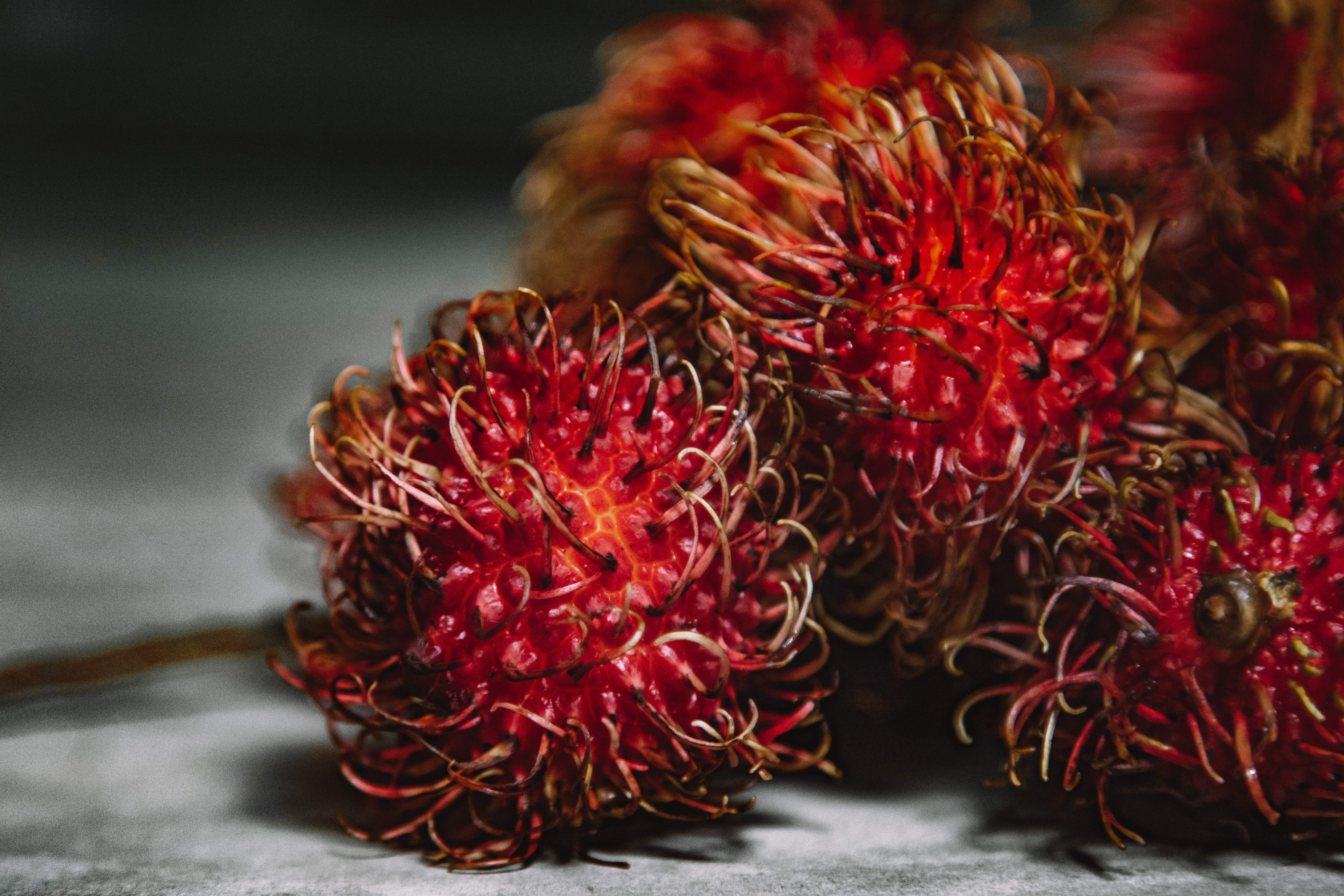Rambutan Rongrien
₹ 200
Rambutan Rongrien/Hairy Fruit is related to Lychee, Mamoncillo, and Longan. It is mainly in those areas that it is consumed. It is still a rare event to see and eat in the country. The peel is covered with lumps, actually modified spines, with the appearance of curved and reddish hair. It is small, oval, and delightful, with a certain resemblance to a grape pulp. Common Name: Hairy Fruit
2-day Delivery
Speedy and reliable delivery!
Related Videos
Rambutan Rongrien is a variety of rambutan fruit, scientifically known as "Nephelium lappaceum." Rambutan is a tropical fruit that belongs to the Sapindaceae family. It is native to Southeast Asia and is widely cultivated in regions with a warm and humid climate. "Rongrien" is a specific variety or cultivar of rambutan.
- Appearance: The Rambutan Rongrien fruit has a similar appearance to other rambutan varieties. It typically features a round or oval shape with a reddish or yellowish skin covered in soft spines or hairs. When the fruit is ripe, the skin becomes easier to peel, revealing the juicy and translucent flesh inside.
- Flavor and Taste: The flesh of Rambutan Rongrien is sweet and juicy, with a delicate and refreshing flavor. It has a mild, slightly acidic taste with hints of tropical sweetness. The texture of the flesh is often compared to that of lychee, another tropical fruit.
- Usage: Rambutan Rongrien, like other rambutan varieties, is commonly enjoyed fresh as a snack. To eat, you can simply peel off the skin to reveal the edible flesh. The seed inside is not typically eaten, and it's separated from the flesh before consumption.
- Nutritional Value: Rambutan is a source of vitamins, minerals, and antioxidants. It contains vitamins C and A, which contribute to immune support and healthy skin. The fruit also provides small amounts of iron, calcium, and dietary fiber.
- Cultural Significance: Rambutan is not only a popular fruit for its taste but also for its cultural significance in many tropical regions. It's often used in traditional recipes, desserts, and beverages. In some areas, rambutan festivals celebrate the fruit's harvest and cultural heritage.
None
None



